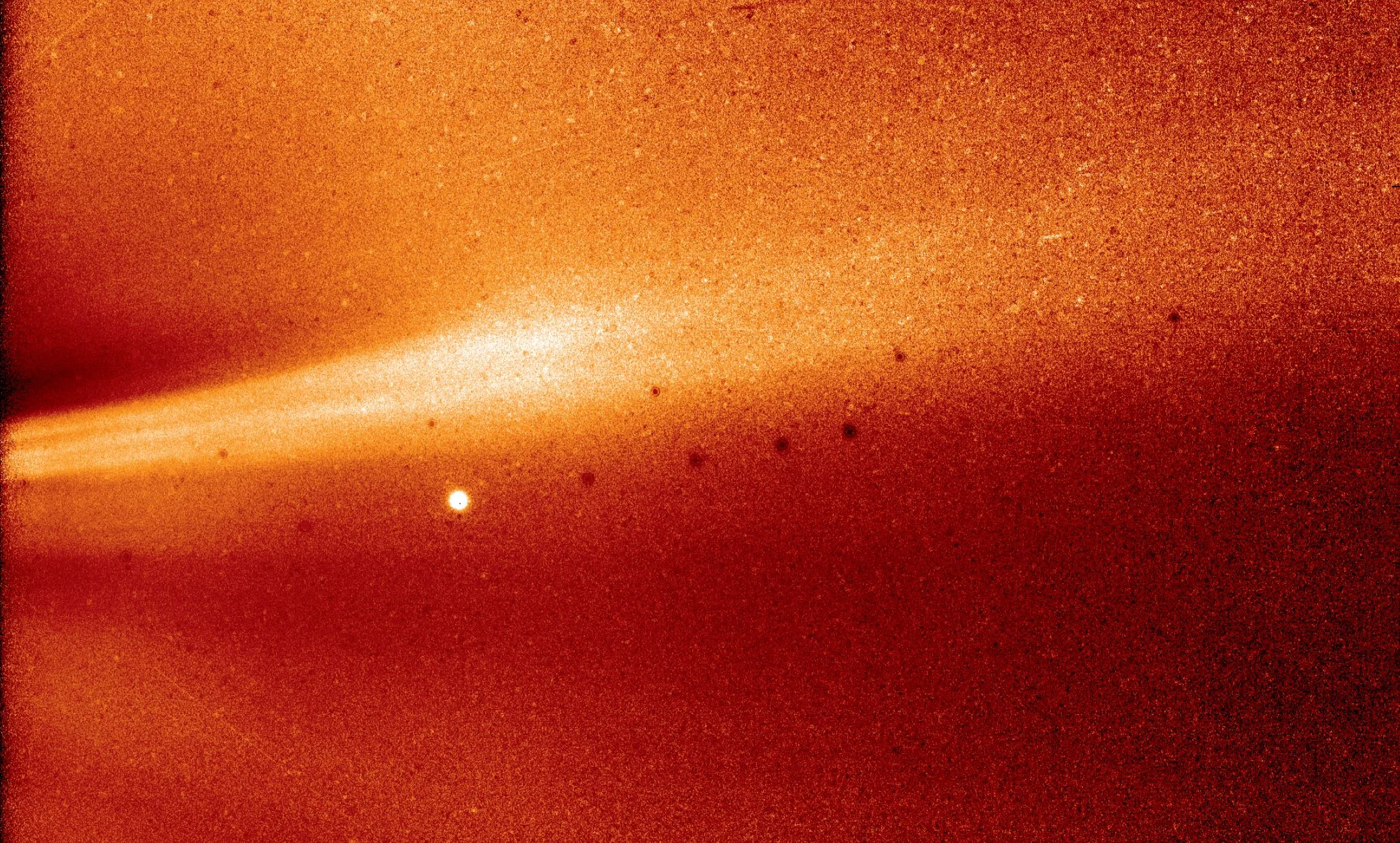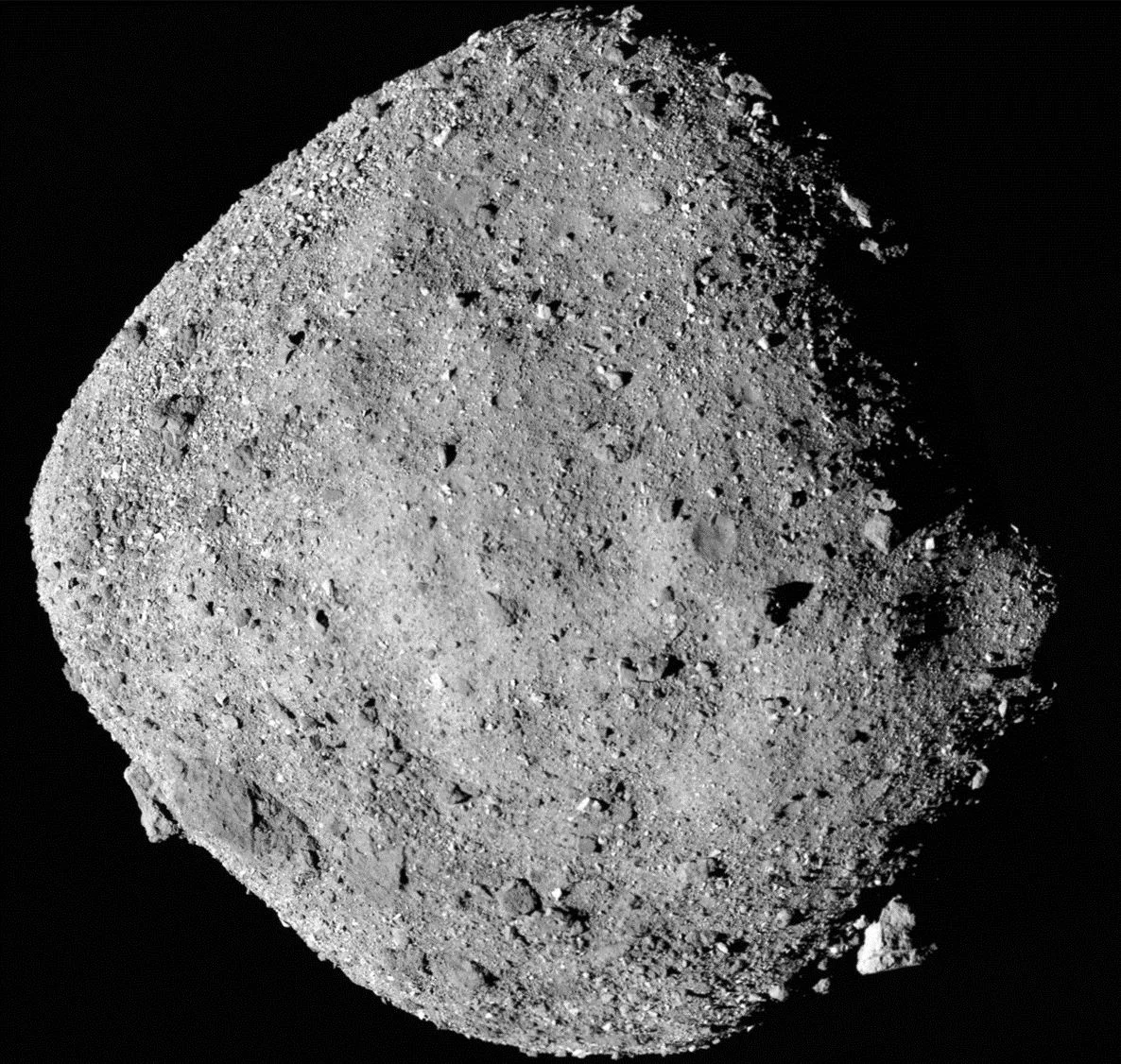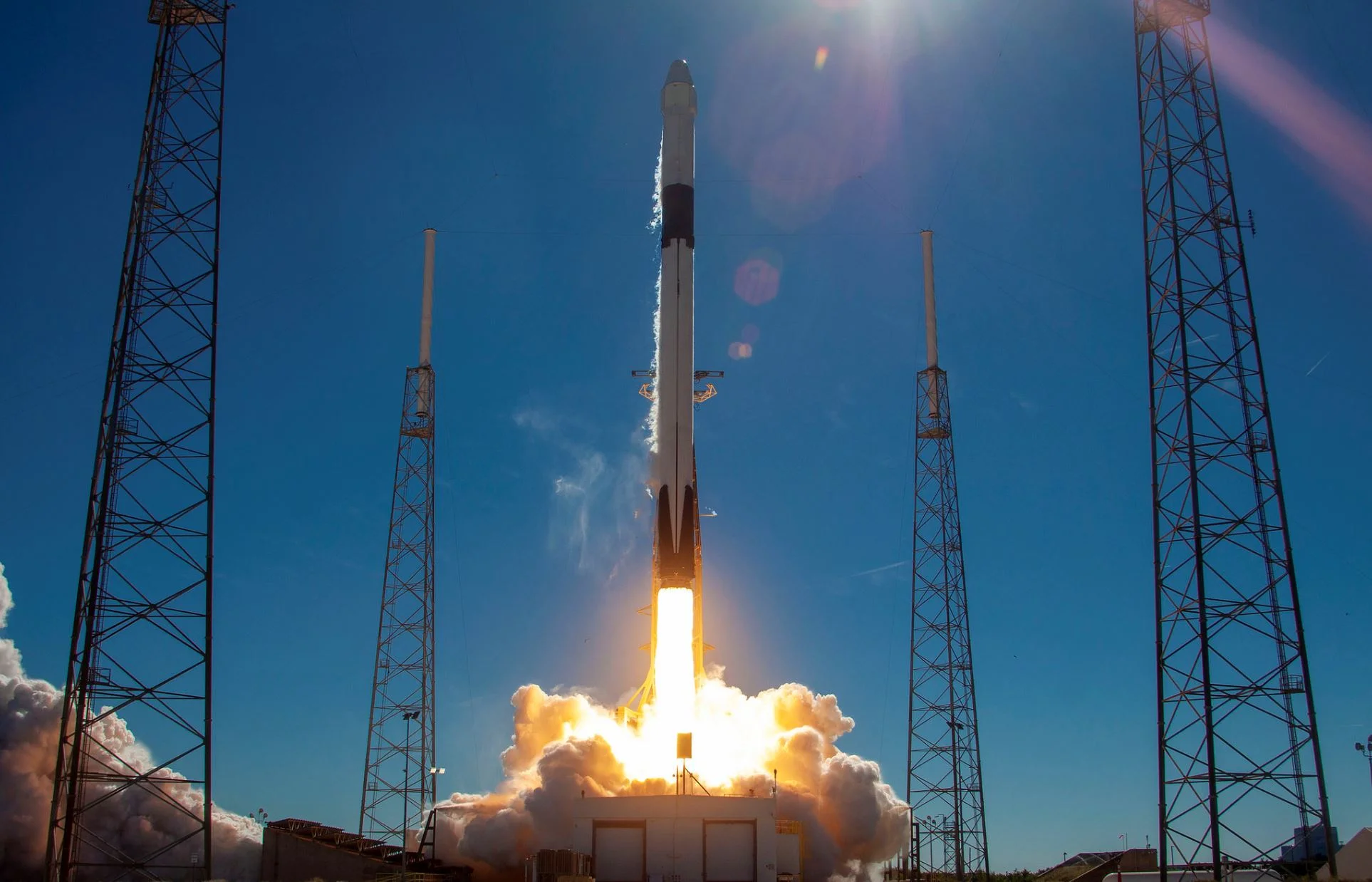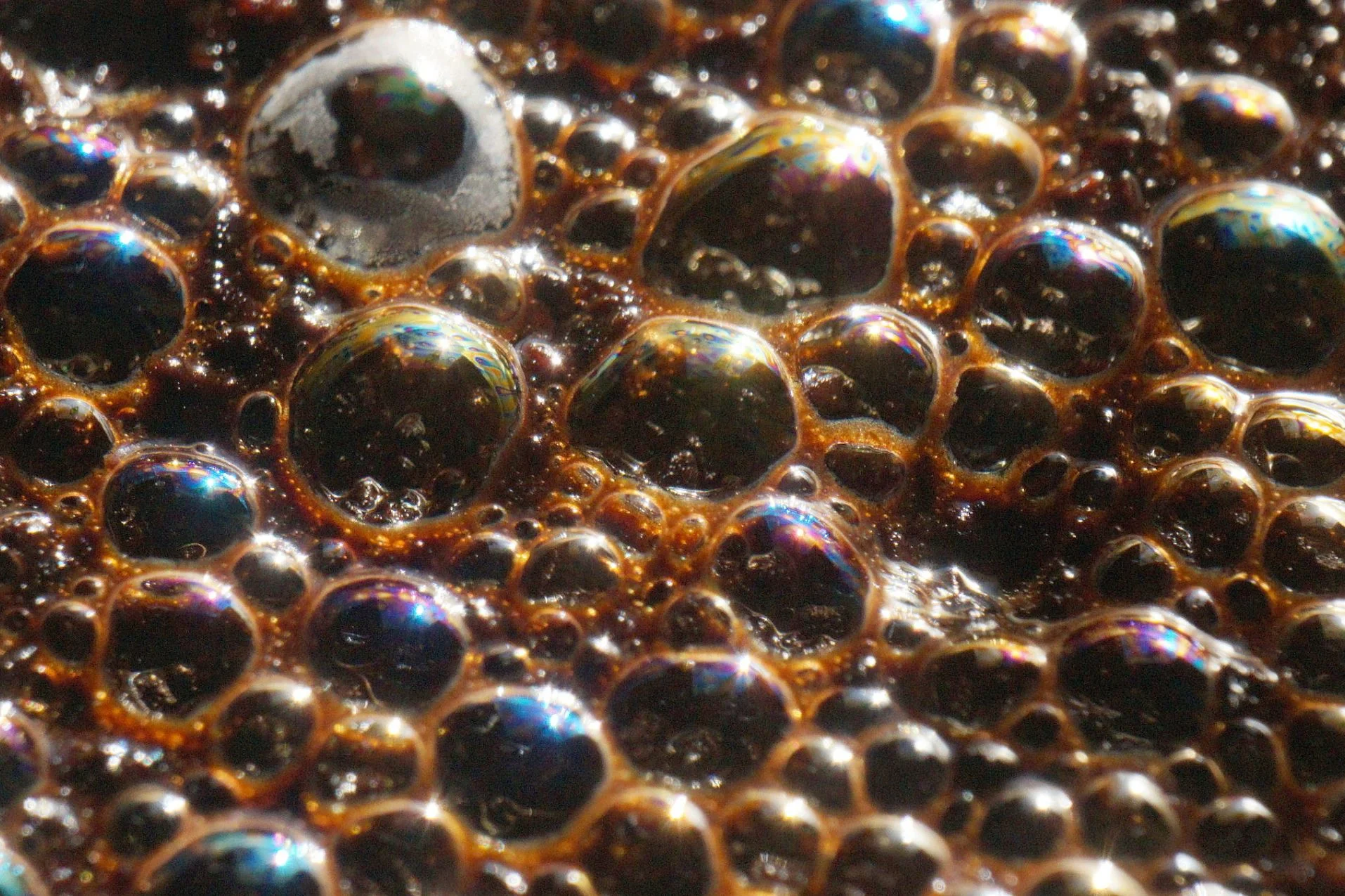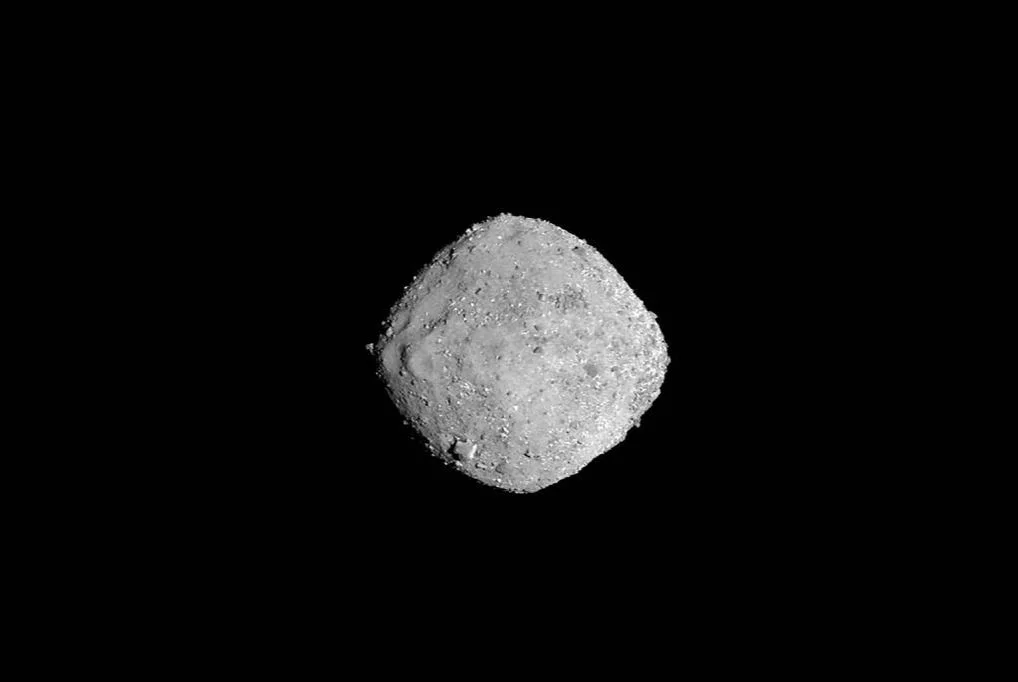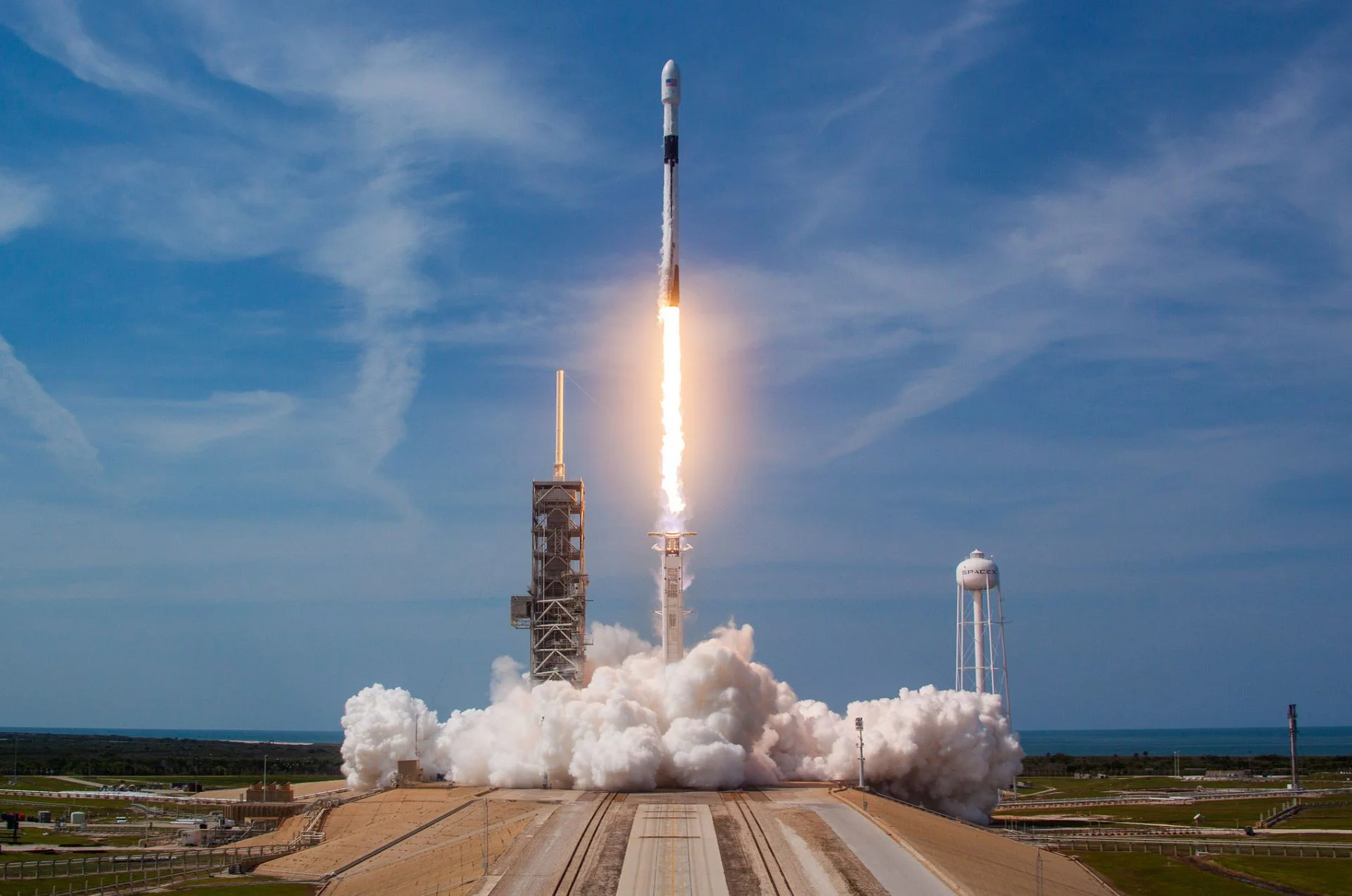It’s diamond season. Almost 40 percent of American engagements happen between Thanksgiving and Valentine’s Day, with Christmas the most popular day to pop the question – and hand over a sparkly piece of ice. Jewelry stores do at least double their usual monthly sales in December.
Preparing for Discovery With NASA's Parker Solar Probe!
Weeks after Parker Solar Probe made the closest-ever approach to a star, the science data from the first solar encounter is just making its way into the hands of the mission's scientists. It's a moment many in the field have been anticipating for years, thinking about what they'll do with such never-before-seen data, which has the potential to shed new light on the physics of our star, the Sun.
Making Australia a renewable energy exporting superpower
NASA’s Newly Arrived OSIRIS-REx Spacecraft Already Discovers Water on Asteroid!
Australia is still listening to Voyager 2 as NASA confirms the probe is now in interstellar space
You make decisions quicker and based on less information than you think
Hunting for rare isotopes: The mysterious radioactive atomic nuclei that will be in tomorrow’s technology
When you hear the term “radioactive” you likely think “bad news,” maybe along the lines of fallout from an atomic bomb. But radioactive materials are actually used in a wide range of beneficial applications. In medicine, they routinely help diagnose and treat disease. Irradiation helps keep a number of foods free from insects and invasive pests. Archaeologists use them to figure out how old an artifact might be. And the list goes on.
The problems with small satellites – and what Australia’s Space Agency can do to help
Mercury-Bound BepiColombo is About to Start Using the Most Powerful Ion Engines Ever Sent to Space
A handful of spacecraft have used ion engines to reach their destinations, but none have been as powerful as the engines on the BepiColombo spacecraft. BepiColombo is a joint mission between the European Space Agency (ESA) and the Japan Aerospace Exploration Agency (JAXA.) It was launched on October 20, 2018, and has gone through weeks of in-flight commissioning. On Sunday it turned on its powerful ion thrusters for the first time.
Bizarre ‘dark fluid’ with negative mass could dominate the universe – what my research suggests
It’s embarrassing, but astrophysicists are the first to admit it. Our best theoretical model can only explain 5% of the universe. The remaining 95% is famously made up almost entirely of invisible, unknown material dubbed dark energy and dark matter. So even though there are a billion trillion stars in the observable universe, they are actually extremely rare.
New SPECULOOS Telescope Sees First Light. Soon it’ll be Seeing Habitable Planets Around Ultra-Cool Stars
Our newest planet-hunting telescope is up and running at the ESO’s Paranal Observatory in the Atacama Desert in Chile. SPECULOOS, which stands for Planets EClipsing ULtra-cOOl Stars, is actually four 1-meter telescopes working together. The first images from the ‘scopes are in, and though it hasn’t found any other Earths yet, the images are still impressive.
More people are experiencing severe food allergies than ever before
The recent inquest into the death of Natasha Ednan-Laperouse from anaphylaxis after eating a Pret A Manger baguette she was unaware contained sesame, could lead to a change in labelling legislation. Indeed, a recent investigation found that undeclared allergens were present in a quarter of foods sampled. But a more fundamental issue needs to be addressed: why are more people experiencing severe food allergies than ever before?
The Large Hadron Collider has been Shut Down, and Will Stay Down for Two Years While they Perform Major Upgrades
New detections of gravitational waves brings the number to 11 – so far
NASA spacecraft gets up close with an asteroid that could one day collide with Earth
Curious Kids: what would happen if the Earth’s core went cold?
The Earth’s core is cooling down very slowly over time. One day, when the core has completely cooled and become solid, it will have a huge impact on the whole planet. Scientists think that when that happens, Earth might be a bit like Mars, with a very thin atmosphere and no more volcanoes or earthquakes. Then it would be very difficult for life to survive – but that won’t be a problem for several billions of years
No Safety Driver Here—Volvo’s Driverless Truck Cuts the Cab
Each time there’s a headline about driverless trucking technology, another piece is taken out of the old equation. First, an Uber/Otto truck’s safety driver went hands-off once the truck reached the highway (and said truck successfully delivered its valuable cargo of 50,000 beers). Then, Starsky Robotics announced its trucks would start making autonomous deliveries without a human in the vehicle at all.
5 Technologies Bringing Healthcare Systems into the Future
Mars New Home 'a Large Sandbox'
With InSight safely on the surface of Mars, the mission team at NASA's Jet Propulsion Laboratory in Pasadena, California, is busy learning more about the spacecraft's landing site. They knew when InSight landed on Nov. 26 that the spacecraft had touched down on target, a lava plain named Elysium Planitia. Now they've determined that the vehicle sits slightly tilted (about 4 degrees) in a shallow dust- and sand-filled impact crater known as a "hollow." InSight has been engineered to operate on a surface with an inclination up to 15 degrees.
Worms in space: why we are launching them
Space launches are some of the most spectacular and nerve wracking events you can witness. And when you are actually involved in one, you realize just how much can go wrong. We are currently in Florida, nervously counting down the hours until we launch our experiment, sending thousands of microscopic worms to the International Space Station (ISS) aboard the SpaceX Falcon 9 rocket.

